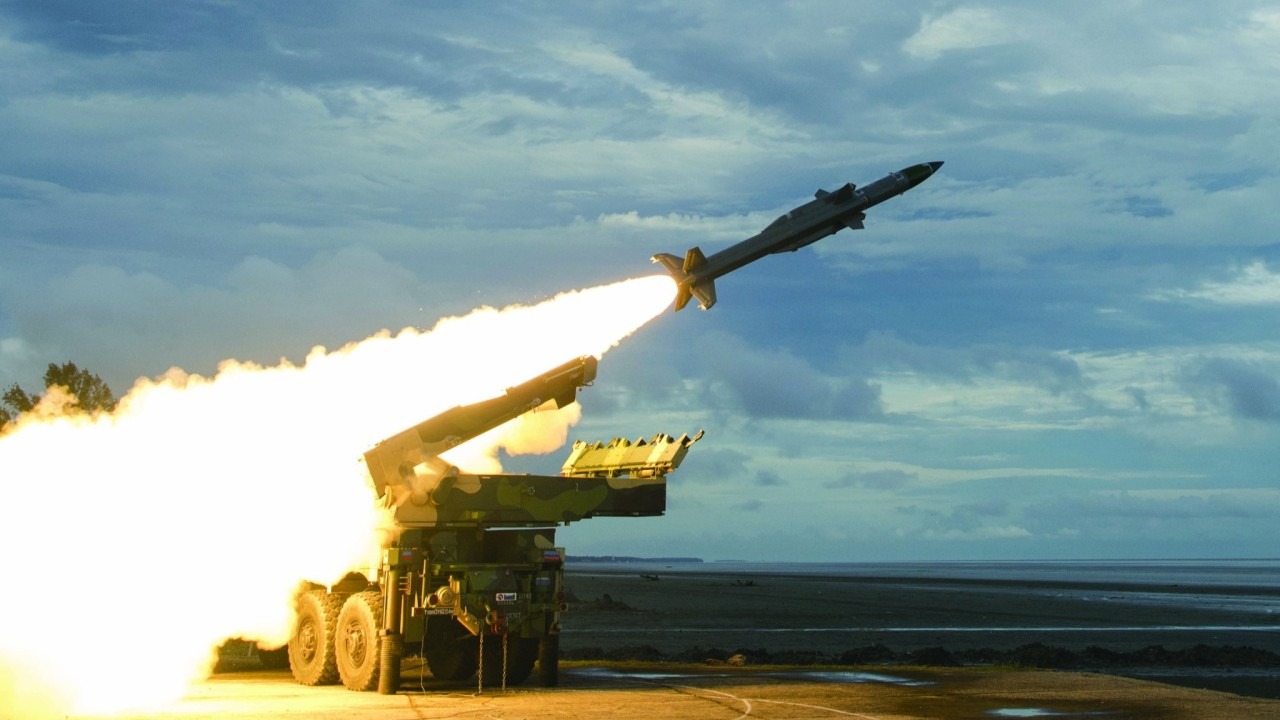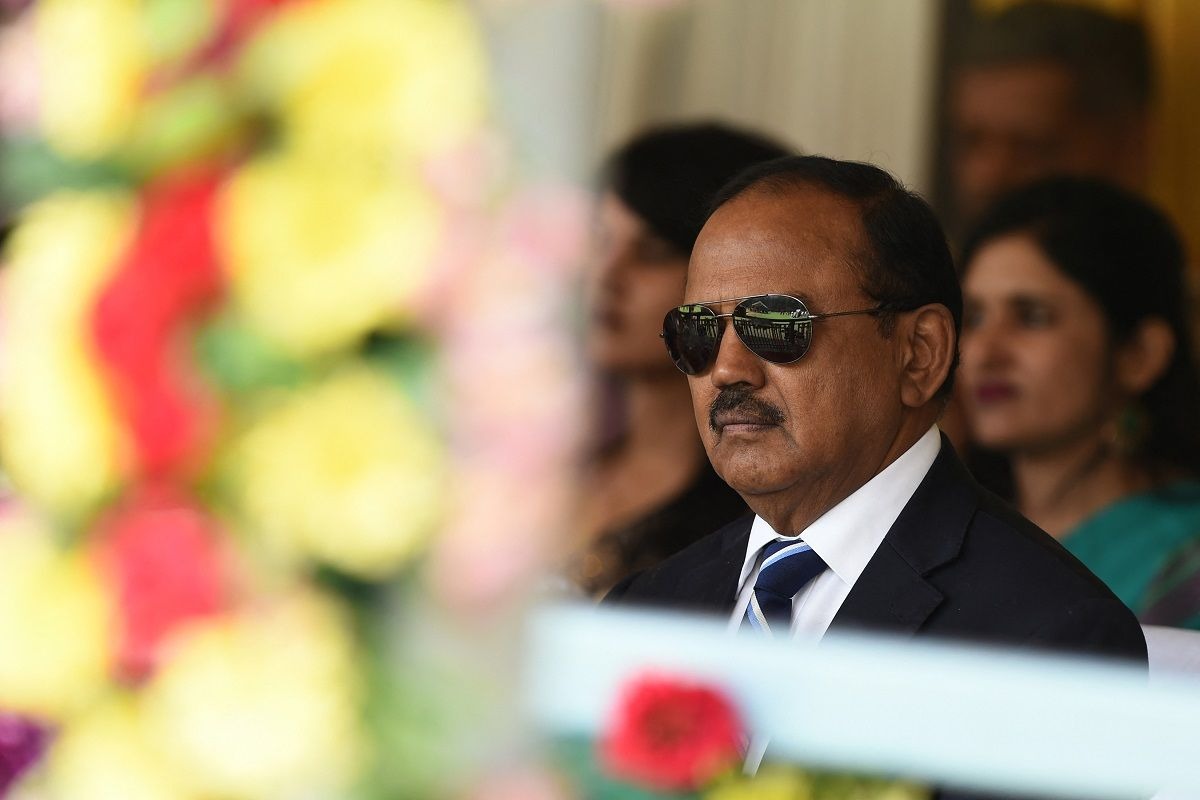🛡️ Operation Sindoor
Updated: May 14, 2025
India’s Military Strength on Full Display Amid Rising Tensions

When peace is threatened, a nation's true strength is revealed—not just through retaliation, but through precision, discipline, and strategic foresight. Over the past few days, following the tragic terror attack in Pahalgam that took 26 innocent lives, India has stepped up with Operation Sindoor, a bold and focused response targeting the roots of terrorism across the border in Pakistan.
🇮🇳 A Calculated Response, Not a Rash Retaliation
Unlike a reactive force driven by emotion, the Indian defense system has always been guided by strategy. Operation Sindoor is not just about vengeance—it is about disrupting deeply embedded terror networks and sending a message that India will not stand by in silence. The operation began with carefully executed airstrikes on terrorist camps in Bahawalpur, Muridke, Sialkot, and other key areas.
✈️ Unleashing the Rafales with Precision Weapons
On May 7, in a coordinated 23-minute blitz, the Indian Air Force deployed its state-of-the-art Rafale jets, armed with SCALP cruise missiles and AASM Hammer bombs. These aren't just weapons—they represent years of strategic investment and preparedness. Their accuracy led to the destruction of 9 high-value terror targets, showing India’s prowess in modern aerial warfare.
🛡️ An Air Defense System That Stands Guard
India's defense isn’t just about offense—it’s about protection. On May 8, as Pakistan launched 8 missiles toward strategic locations including airbases and the Bhakra Dam, India’s air defense system went into full action. All incoming threats were neutralized before impact. Drone attacks, too, were intercepted successfully, preventing any damage to military infrastructure.
India’s growing focus on missile shield capabilities and multi-layered defense systems has significantly increased its preparedness for cross-border aggression.
🧠 Indigenous Defense and Strategic Independence
What’s striking in 2025 is not just the use of global defense tech, but India’s leap in indigenous innovation. Under Atmanirbhar Bharat, defense R&D has accelerated dramatically. From hypersonic missiles to AI-driven battlefield intelligence, India is asserting itself as a self-reliant defense powerhouse.
Multiple Indian-made technologies were deployed during the strikes and in surveillance operations—reaffirming that India is no longer just a buyer of defense tools but a serious innovator.
🤝 Global Partnerships and Tactical Diplomacy
In parallel with military action, India has opened diplomatic channels, ensuring that its mission remains within the framework of self-defense and international norms. Global allies have expressed solidarity, recognizing India’s right to defend its sovereignty.
Ongoing collaborations with defense partners have strengthened India's air, missile, and cyber defense capabilities—making it harder than ever for adversaries to penetrate.
🪖 The Morale and Might of India’s Forces
More than just machines and strategies, what stands out is the unshakeable morale of Indian soldiers. They are not just fighting for retaliation—they’re protecting families, future generations, and the very fabric of peace.
From the ground troops in Kashmir to pilots in high-speed jets, their commitment reminds us that national security rests on more than just power—it rests on patriotism.
💭 A Moment for National Reflection
This moment in history is about more than warfare—it's a wake-up call. It raises important questions:
- How did a terror network so vast escape international and domestic scrutiny for so long?
- How can better intelligence and accountability be enforced at global levels?
- What proactive steps can SEBI, intelligence agencies, and global watchdogs take to prevent such escalations?
For India, this is also a time to invest deeper in cyber warfare, upgrade AI-based surveillance, and increase collaborative intelligence sharing with allies across Asia and beyond.
#IndiaDefence #OperationSindoor #AirForce #IndiaPakistanConflict #NationalSecurity #ModernWarfare #IndianArmy #RafaleJets #IndigenousDefence #DefenseTechnology #Patriotism #India2025 #Geopolitics #BreakingNews
Recent Posts See All

Resume!
0 0

My Worst Leadership Mistake
0 0

The Spy Who Built India’s Silent Strength!
0 0
